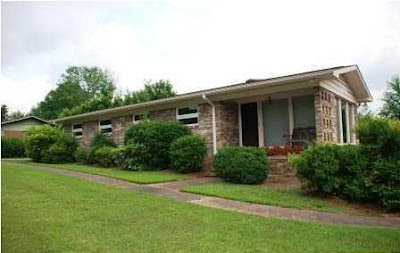Research Your House at the Central Library


You’ve just purchased an old house and you want to research its history. So where do you start? First, it’s important to note that not every home will have documentation of historic significance. Keeping that in mind, the Central Library offers several avenues to start your research.
Your first step will be to obtain a parcel ID for the property you are researching. If you own your property, you should be able to find the ID number in your closing documents or on your property tax bill. If you are unable to locate the parcel ID, you can go to the Business, Science & Technology Department at the Central Library and use the RealQuest database to obtain the ID number. The RealQuest database also provides detailed property profiles, parcel maps, and street map plus.
After obtaining the parcel ID, you can go to the Archives Department to see if they have Board of Equalization records on your property. According to the Archives Department, the BOE files contain basic information on the structures and accessed values on properties built before the mid 1970s. Some of the files also contain pictures of the façade of the structure and references for deeds and mortgages.
The next step is for those who are interested in researching previous occupants of their home. The Southern History Department has the Polk directories dating back to 1883 in bound-book format. The directory can identify the name of the resident, including the spouse’s name. Sometimes the directories provide the resident’s occupation and/or place of work.
As you can see, the Central Library is a good starting point in researching the history of your house.
Submitted by Busines, Science & Technology Department
Central Library
Comments